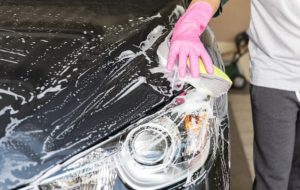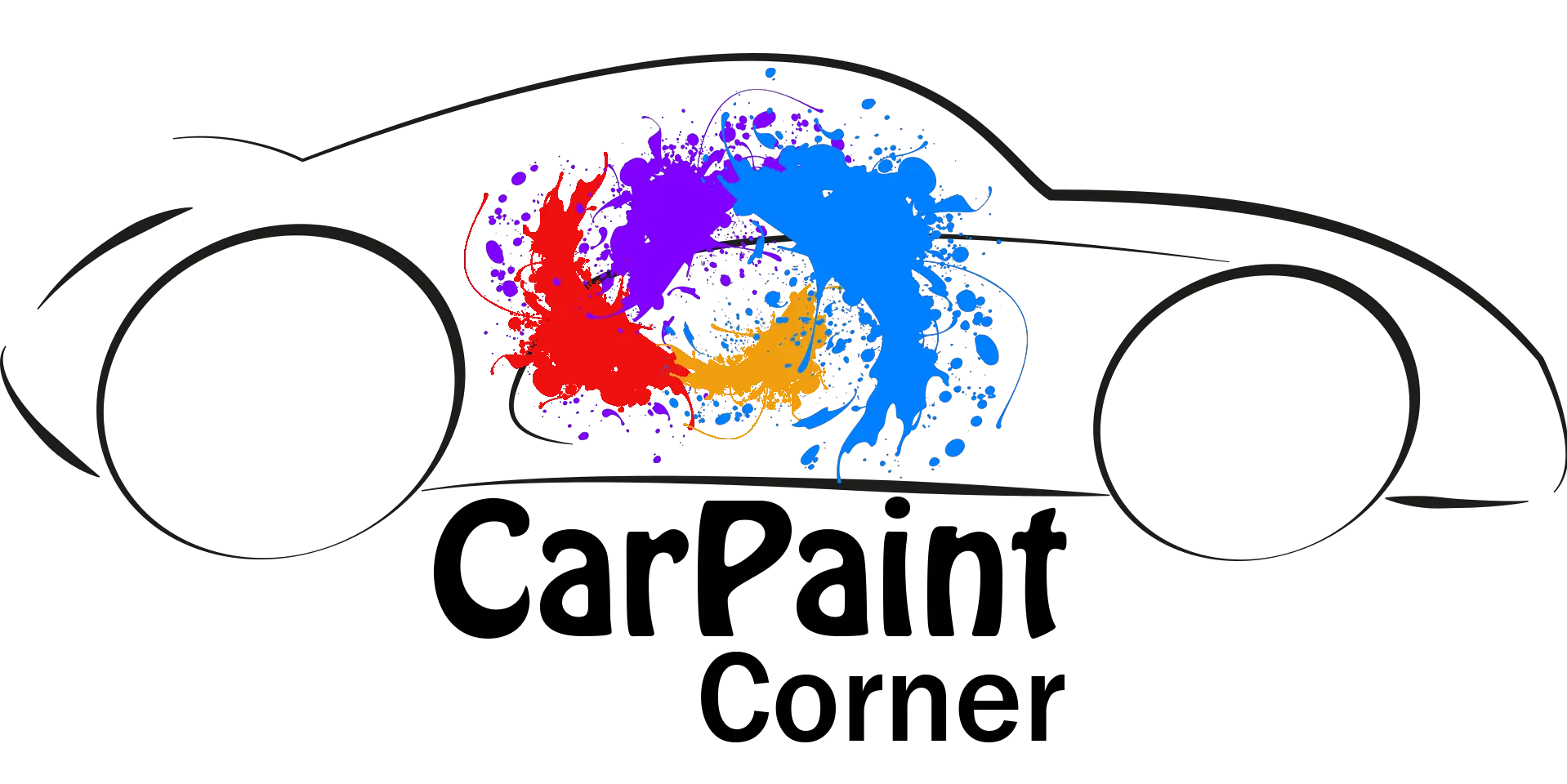This post may contain affiliate links which means I may receive a commission for purchases made through links.

Let’s be honest, egging someone’s car is still an effective way of getting revenge or pissing someone off. However, you don’t want to be on the receiving end if you’re the car owner, as it can be very frustrating.
Not to forget that eggs can cause significant damage to your car paint.
However, if you ever find out your car has been egged, the best course of action is to get the eggs off your car immediately before they dry. Luckily, this article provides a clear roadmap and the different methods you can use to remove eggs from your car’s paintwork.
But first, let’s look at what happens when eggs come into contact with your car’s paint job!
How do eggs ruin car paint?
Eggshell
When thrown at high velocity, egg shells break and shatter into sharp objects that can cause scratches to the surface of the car’s protective clear coat.
In some instances, these pieces may penetrate the clear coat and scratch the base/ colored coat. Moreover, the cracks tend to expand as the egg dries, allowing dirt and moisture to seep in and cause further damage to the paint.
And if you try to remove the shells from the car paint, you increase the risk of gouging or scratching the surface.
Egg Yolk
The egg Yolk contains fatty acids, cholesterol, fat, and most calories found in an egg. Ironically, the egg yolk was once used to make paint due to its ability to harden and adhere to various surfaces.
However, its chemical composition tends to eat through the clear coat and stains the car paint if not removed from the car surface before it dries.
In short, if you leave the egg yolk on car paint for too long, its acidity will eat away the paint, causing it to become chipped or dull over time.
Egg white
Also known as the albumen, the egg white consists of 15% of proteins. Its main purpose is to protect the egg yolk while giving nutrients to the embryo.
Moreover, it’s used for various purposes such as making waterproof glue due to its protective composition. On the downside, this also means that it can easily stick to the car paint surface once it dries, making it extremely difficult to remove from car paint.
In most cases, you need to wet sand and repaint the damaged area to remove dried egg white from the surface of your car paint.
In general, eggs will not do any major damage to car paint apart from some light staining and discoloration. However, if you leave it on the paint job for too long, it can harm the paint in the few ways I’ve mentioned above.
So, if you ever find your car with egg stains, it’s good to act quickly and remove the eggs from the car as soon as possible. But why do you remove eggs from your car paint without damaging the car’s finish?
Let’s find out!
How to remove eggs from car paint without damaging the paintwork
Method 1: Spray it off and wash the car
The easiest way to remove eggs from car paint is to spray it off immediately after you have discovered it, especially if it has not yet dried on the car’s surface. In addition, make sure you wash the car to get rid of the toxic/acidic stuff completely.
That said, you’ll need a bucket, washing mitt, water, car wash solution, and a hose or pressure washer for washing cars.
Next, take out the hose, spray the eggs off the affected parts, and rinse the car. If you’re using a pressure washer, make sure you set it on a medium setting to avoid damaging the car paint.
Mix the car wash solution with water in a bucker following the manufacturer’s instructions and use it to wash the side of your car with the washing mitt.
Removing the egg from the paint with this approach is relatively easy if none of it has dried.
Lastly, spray off the car wash solution with the power washer or hose to rinse the car and remove all the egg stains.
Method 2: Soak the egg stains
In most cases, car owners notice eggs on their car’s paintwork when they’ve already dried and baked in the sun. If that’s the case, spraying off the eggs with a hose or pressure washer will not get the job done.
Instead, you’ll need a more vigorous egg removal method like soaking the egg stains in hot water. In addition, you’ll need a spray bottle, car wash shampoo, and a scrub brush or mitt.
Once you have gathered these items, mix car wash shampoo and hot water in the spray bottle. Spray the solution on the affected spot. Let it sit for a few minutes to soak the egg stains and loosen up the sticky residues.
Avoid working in extreme heat or under direct sunlight while spraying the solution.
Use a microfiber wash mitt or soft scrub brush to remove the egg stains. In some instances, you may need to scrub the surface or re-soak the egg stains with hot water and car wash soap solution.
Alternatively, you can try a 50/50 mixture of hot water and white vinegar. However, you need to be careful when using this method as the solution might cause slight damage to the clear coat.
Method 3: Goo Gone Automotive Spray
There are many great commercial products such as Goo Gone Automotive Spray that you can use to get rid of egg stains on your car’s paintwork. Plus, this method eliminates the need for water.
You only need a microfiber cloth/towel, Goo Gone automotive spray, and a plastic scraper.
Spray it on the egg debris. Let it sit for a few minutes to soak and loosen the stains. Afterward, gently rub the egg stains with a soft microfiber cloth/ towel to remove the excess egg debris.
If necessary, repeat this process 2 to 3 times until all the egg stains are completely gone.
Method 4: Buff out the egg stains with a cutting compound
Sometimes, the above methods may not work, especially if the egg stains are embedded into the clear coat of the car’s paint job. If that’s the case, the best option is to buff out the stains, but this will largely depend on the level of damage.
More importantly, you’ll need the right tools for the task including a variable speed polisher, spray detailer, 1000-grit sandpaper, 100% wool buffing pad, buffing compound, finishing product, and a polishing pad.
Next, lightly wet sand the stained or damaged area with 1000-grit sandpaper until the chip or egg stains are gone.
Use a variable speed polisher to buff out the sanding marks. Once you’re done, use the 100% wool buffing pad to spread the buffing compound over the sanded area.
Use a soft polishing pad to spread the finishing compound and run a buffer over the surface to remove any swirl marks left by buffing.
Finally, finish off the surface with the spray detailer to give the damaged surface a smooth and shiny look.
Conclusion
Although there is nothing you can do to prevent people from throwing eggs at your rise, there are various ways to protect your car from egg stains.
For instance, regularly waxing your car will slow down the damaging effects of eggs and other contaminants like tree sap, road grime, and bird droppings. Similarly, polishing your car at least twice a year will ensure the paint has sufficient protection from egg stains and other harsh elements.
In addition, it’s important to remove the stains as soon as you notice them on your car with the above methods. However, if the damage is severe, consider taking the car to a professional auto body shot to have it assessed and the area repainted.

Leave a Reply